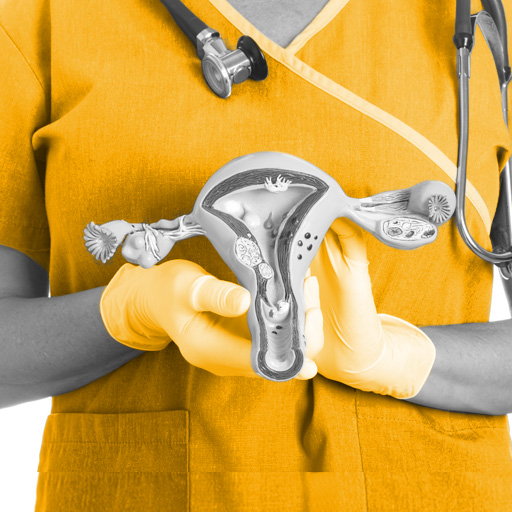Basic Anatomy and Physiology course



This session introduces the anatomy and physiology of the male and female reproductive systems.
Learning Objectives
By the end of this session, learners will be able to:
- 1.1 Outline the anatomy of the female and male reproductive systems
- 1.2 Outline how the female and male reproductive systems work
- 1.3 Explain the physiology of conception and implantation
The anatomy of the reproductive organs assists the process of reproduction. Male and female hormones help coordinate the reproductive system.
Ruth qualified as a Dr in 1997 at the University of Newcastle Upon Tyne. She has been practicing as a General Practitioner since 2001. She has had additional posts in hospital Genito-Urinary Medicine and in Community Young Person and General Contraceptive Clinics.

- Acute Medicine | Falls 02 knowledge C
- Posted By eIntegrity Healthcare e-Learning
- Posted Date: 2024-11-28
- Location:Online
- This session revises the basic physiology of water and sodium regulation, and demonstrates a structured approach to the assessment and management of patients with hyponatraemia.
- Acute Medicine | Falls 02 knowledge B
- Posted By eIntegrity Healthcare e-Learning
- Posted Date: 2024-11-28
- Location:Online
- This session lists the drugs that can commonly cause hyponatraemia. It also gives sources of further information if less common drug causes are suspected.
- Acute Medicine | Falls 01 knowledge C
- Posted By eIntegrity Healthcare e-Learning
- Posted Date: 2024-11-28
- Location:Online
- This session gives an overview of the National Institute for Clinical Excellence (NICE) guidelines and discusses the medical assessment and management of falls.
- Acute Medicine | Falls 01 knowledge B
- Posted By eIntegrity Healthcare e-Learning
- Posted Date: 2024-11-28
- Location:Online
- This session discusses the diagnosis and treatment of osteoporosis.
- Acute Medicine | Falls 01 knowledge A
- Posted By eIntegrity Healthcare e-Learning
- Posted Date: 2024-11-28
- Location:Online
- This session discusses the causes of falls in older people.






